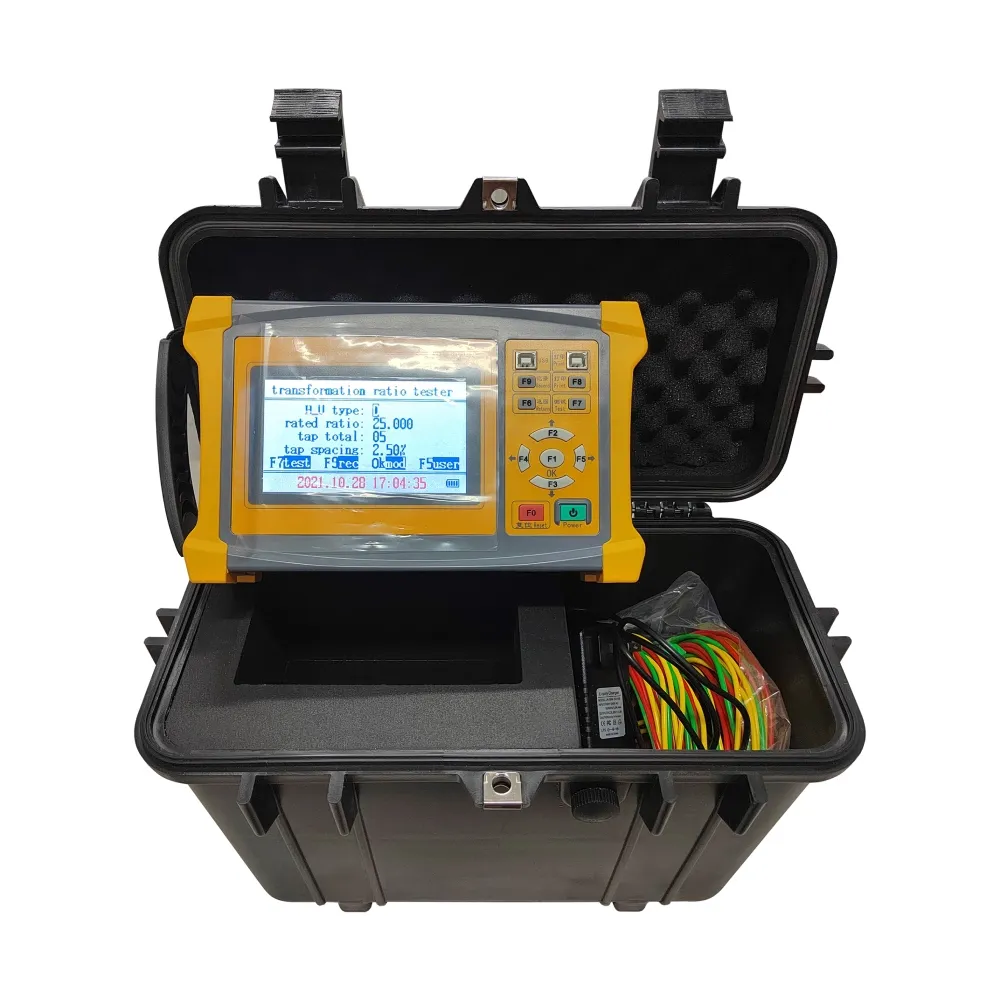TEL:
+86-0312-3189593
 English
English

Telephone:0312-3189593

Email:sales@oil-tester.com

-
 Afrikaans
Afrikaans -
 Albanian
Albanian -
 Amharic
Amharic -
 Arabic
Arabic -
 Armenian
Armenian -
 Azerbaijani
Azerbaijani -
 Basque
Basque -
 Belarusian
Belarusian -
 Bengali
Bengali -
 Bosnian
Bosnian -
 Bulgarian
Bulgarian -
 Catalan
Catalan -
 Cebuano
Cebuano -
 China
China -
 China (Taiwan)
China (Taiwan) -
 Corsican
Corsican -
 Croatian
Croatian -
 Czech
Czech -
 Danish
Danish -
 Dutch
Dutch -
 English
English -
 Esperanto
Esperanto -
 Estonian
Estonian -
 Finnish
Finnish -
 French
French -
 Frisian
Frisian -
 Galician
Galician -
 Georgian
Georgian -
 German
German -
 Greek
Greek -
 Gujarati
Gujarati -
 Haitian Creole
Haitian Creole -
 hausa
hausa -
 hawaiian
hawaiian -
 Hebrew
Hebrew -
 Hindi
Hindi -
 Miao
Miao -
 Hungarian
Hungarian -
 Icelandic
Icelandic -
 igbo
igbo -
 Indonesian
Indonesian -
 irish
irish -
 Italian
Italian -
 Japanese
Japanese -
 Javanese
Javanese -
 Kannada
Kannada -
 kazakh
kazakh -
 Khmer
Khmer -
 Rwandese
Rwandese -
 Korean
Korean -
 Kurdish
Kurdish -
 Kyrgyz
Kyrgyz -
 Lao
Lao -
 Latin
Latin -
 Latvian
Latvian -
 Lithuanian
Lithuanian -
 Luxembourgish
Luxembourgish -
 Macedonian
Macedonian -
 Malgashi
Malgashi -
 Malay
Malay -
 Malayalam
Malayalam -
 Maltese
Maltese -
 Maori
Maori -
 Marathi
Marathi -
 Mongolian
Mongolian -
 Myanmar
Myanmar -
 Nepali
Nepali -
 Norwegian
Norwegian -
 Norwegian
Norwegian -
 Occitan
Occitan -
 Pashto
Pashto -
 Persian
Persian -
 Polish
Polish -
 Portuguese
Portuguese -
 Punjabi
Punjabi -
 Romanian
Romanian -
 Russian
Russian -
 Samoan
Samoan -
 Scottish Gaelic
Scottish Gaelic -
 Serbian
Serbian -
 Sesotho
Sesotho -
 Shona
Shona -
 Sindhi
Sindhi -
 Sinhala
Sinhala -
 Slovak
Slovak -
 Slovenian
Slovenian -
 Somali
Somali -
 Spanish
Spanish -
 Sundanese
Sundanese -
 Swahili
Swahili -
 Swedish
Swedish -
 Tagalog
Tagalog -
 Tajik
Tajik -
 Tamil
Tamil -
 Tatar
Tatar -
 Telugu
Telugu -
 Thai
Thai -
 Turkish
Turkish -
 Turkmen
Turkmen -
 Ukrainian
Ukrainian -
 Urdu
Urdu -
 Uighur
Uighur -
 Uzbek
Uzbek -
 Vietnamese
Vietnamese -
 Welsh
Welsh -
 Bantu
Bantu -
 Yiddish
Yiddish -
 Yoruba
Yoruba -
 Zulu
Zulu
Ene . 09, 2025 12:00
Back to list
transformer oil testing
In the ever-evolving landscape of electrical engineering, transformer oil testing stands as a cornerstone of equipment maintenance and reliability. Through an intricate blend of experience, expertise, and stringent standards, this critical process ensures the optimal performance and longevity of transformers, which are pivotal to infrastructure across industries.
Authoritativeness in the field is further underscored by adherence to international standards such as IEC 60296 and ASTM D3487, which delineate the requirements for new mineral insulating oils and standards for service-aged oils. Laboratories performing these tests must be certified and compliant with such benchmarks to provide trustworthy results. An accredited lab not only ensures accuracy but also reinforces stakeholder confidence in the testing process. Trustworthiness is paramount. Laboratories should employ well-trained personnel who understand the nuances of transformer oils and related diagnostics. A transparent process that communicates results effectively to clients - including potential implications and recommendations - is crucial. One leading provider, OilTest Solutions, received industry accolades for its rigorous testing protocols and educational outreach, which foster trust through knowledge sharing and exemplary service. Moreover, groundbreaking advances in the Internet of Things (IoT) and data analytics are revolutionizing the landscape. By integrating smart sensors and advanced software analytics, companies can now perform continuous monitoring of oil condition in real-time, allowing predictive maintenance that anticipates issues before they arise. In conclusion, transformer oil testing is not merely a technical procedure, but a holistic approach to infrastructure resilience. It melds extensive experience with cutting-edge science to protect pivotal electrical assets. By investing in superior testing procedures, leveraging authoritative standards, and fostering transparent client relationships, businesses can ensure operational trustworthiness and efficiency. This commitment encompasses the quintessential pillars of experience, expertise, authoritativeness, and trustworthiness - essential components in securing both modern conveniences and vital services.


Authoritativeness in the field is further underscored by adherence to international standards such as IEC 60296 and ASTM D3487, which delineate the requirements for new mineral insulating oils and standards for service-aged oils. Laboratories performing these tests must be certified and compliant with such benchmarks to provide trustworthy results. An accredited lab not only ensures accuracy but also reinforces stakeholder confidence in the testing process. Trustworthiness is paramount. Laboratories should employ well-trained personnel who understand the nuances of transformer oils and related diagnostics. A transparent process that communicates results effectively to clients - including potential implications and recommendations - is crucial. One leading provider, OilTest Solutions, received industry accolades for its rigorous testing protocols and educational outreach, which foster trust through knowledge sharing and exemplary service. Moreover, groundbreaking advances in the Internet of Things (IoT) and data analytics are revolutionizing the landscape. By integrating smart sensors and advanced software analytics, companies can now perform continuous monitoring of oil condition in real-time, allowing predictive maintenance that anticipates issues before they arise. In conclusion, transformer oil testing is not merely a technical procedure, but a holistic approach to infrastructure resilience. It melds extensive experience with cutting-edge science to protect pivotal electrical assets. By investing in superior testing procedures, leveraging authoritative standards, and fostering transparent client relationships, businesses can ensure operational trustworthiness and efficiency. This commitment encompasses the quintessential pillars of experience, expertise, authoritativeness, and trustworthiness - essential components in securing both modern conveniences and vital services.
Previous:
Next:
Latest news
-
Testing Equipment Industry Sees Major Advancements in 2025: Smart & Precision Technologies Lead the WayNewsJun.06,2025
-
Applications of Direct Current Generators in Renewable Energy SystemsNewsJun.05,2025
-
Hipot Tester Calibration and Accuracy GuidelinesNewsJun.05,2025
-
Digital Circuit Breaker Analyzer Features and BenefitsNewsJun.05,2025
-
Benefits of Real-Time Power Quality Monitoring Devices for Industrial EfficiencyNewsJun.05,2025
-
Earth Fault Loop Testing in High-Rise Building Electrical SystemsNewsJun.05,2025



